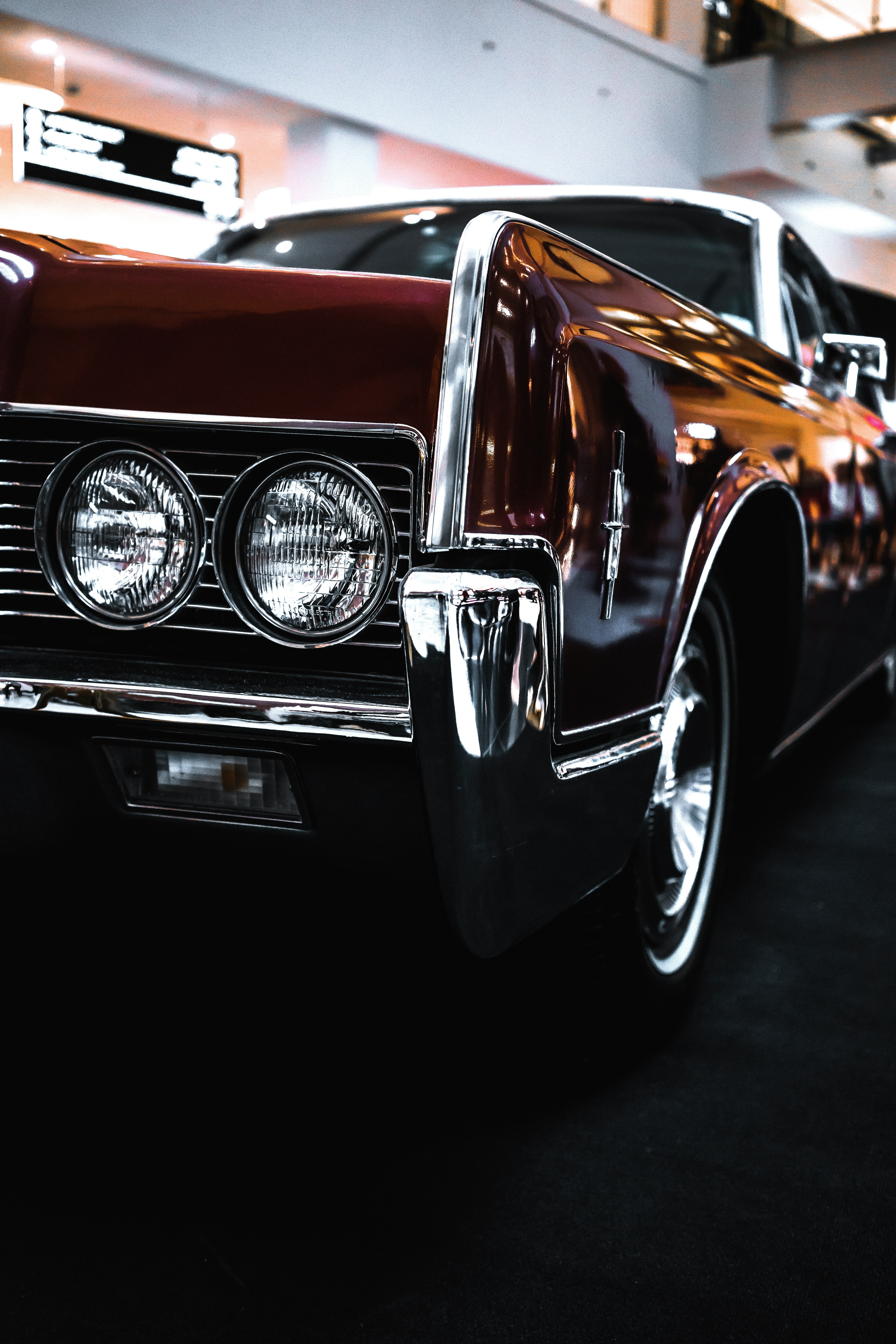
Efficient Exposure Control Using Auto ISO
2025-04-14



Efficient Exposure Control Using Auto ISO
As a photographer, understanding exposure is crucial to capturing high-quality images. Exposure refers to the amount of light that reaches the camera sensor, which ultimately determines how bright or dark an image appears. In photography, there are three main components that control exposure: aperture, shutter speed, and ISO. While aperture and shutter speed are often manually adjusted by photographers to achieve the desired exposure, ISO can be set to auto mode to maintain consistent exposure levels in changing lighting conditions. This blog post will focus on how to efficiently control exposure using Auto ISO, providing practical tips for photographers looking to improve their photography skills.
Introduction to Auto ISO
ISO measures the sensitivity of the camera sensor to light. A low ISO setting (e.g., 100) is ideal for bright environments, while a high ISO setting (e.g., 1600 or higher) is suitable for low-light conditions. When shooting in Auto ISO mode, the camera automatically adjusts the ISO setting based on the available light, ensuring proper exposure without the need for manual adjustments. This feature is particularly useful in situations where lighting conditions are constantly changing, such as outdoor events or street photography.
Practical Tips for Using Auto ISO
-
Understand Your Camera's Auto ISO Settings: Before using Auto ISO, familiarize yourself with your camera's settings menu to customize the parameters for Auto ISO. Some cameras allow you to set a maximum ISO value to prevent excessive noise in your images. Experiment with different settings to find the optimal configuration for your shooting style.
-
Use Auto ISO in Combination with Aperture Priority or Shutter Priority Mode: To have more control over your exposure settings, consider using Auto ISO in conjunction with either Aperture Priority or Shutter Priority mode. This allows you to set the desired aperture or shutter speed while letting the camera adjust the ISO accordingly.
-
Monitor Your Exposure Levels: While Auto ISO can be a convenient feature, it's essential to keep an eye on your exposure levels to avoid overexposure or underexposure. Use the camera's histogram or exposure meter to ensure that your images are correctly exposed. Adjust the exposure compensation if necessary to fine-tune the exposure settings.
-
Customize Auto ISO for Different Shooting Conditions: Depending on the type of photography you're doing, you may need to adjust the Auto ISO settings accordingly. For example, if you're shooting fast-moving subjects in low light, you may want to increase the maximum ISO value to maintain a fast shutter speed. Conversely, if you're shooting landscapes in bright sunlight, you can lower the maximum ISO to minimize noise in your images.
-
Experiment with Manual ISO Settings: While Auto ISO is a convenient option for maintaining consistent exposure, don't be afraid to switch to manual ISO settings when necessary. In situations where you want full control over your exposure, manually adjusting the ISO can give you more creative freedom to achieve the desired look in your images.
Conclusion
In conclusion, Auto ISO is a valuable tool for photographers looking to efficiently control exposure in changing lighting conditions. By understanding how to use Auto ISO effectively and customizing the settings to suit your shooting style, you can achieve consistent and well-exposed images without the need for constant manual adjustments. Experiment with different shooting scenarios and practice using Auto ISO in combination with other exposure settings to enhance your photography skills. With practice and experimentation, you'll be able to confidently capture stunning images in any lighting situation.